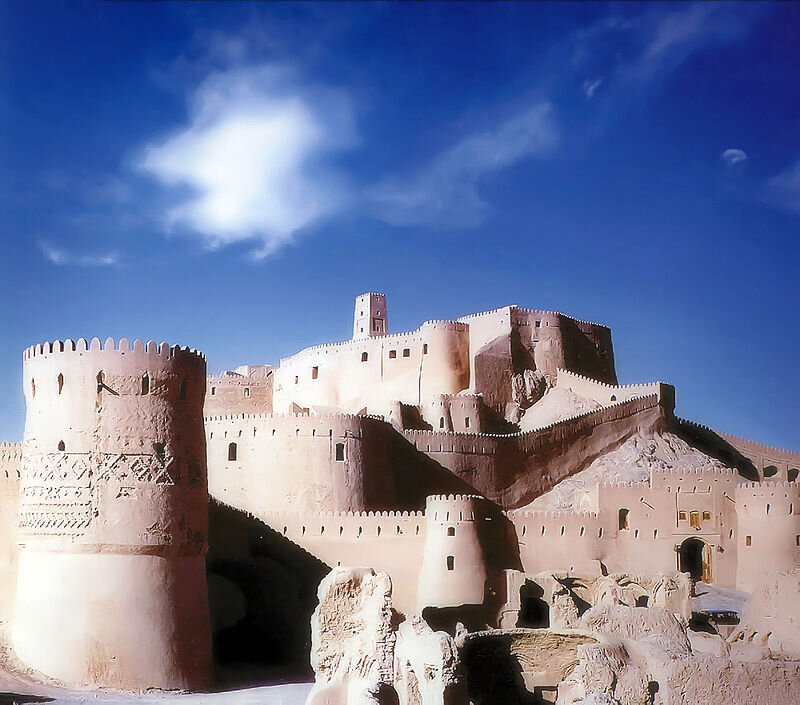Iran, quakes, and tourism

Early on Friday, an earthquake of magnitude 5.1 struck Damavand county, 56km northeast of the capital Tehran, killing two and injuring 33. It made an excuse for writing a note about the impact of natural disasters, specifically earthquakes, on tourism and cultural heritage.
Regarding Tehran, it should be reminded that the sprawling metropolis is situated on one of the world’s most active seismic belts, which is thought to cause a severe earthquake in/or near the city in the span every 150 years or so.
On a greater scale, the whole country is positioned in a region of active faults and hence high seismicity (some 80% of its land), is one of the highest-seismic-hazard areas in the world.
In terms of tourism, as you know, it’s a large and unique assemblage of industrial sectors and related businesses that tightly work together both in domestic and local scenes.
Yet, tourism is a fairly vulnerable sector that could easily be affected by a wide variety of disasters, instabilities, whether being political, social, monetary, or regional ones. As you see, the latest blow to tourism could be deemed as a coronavirus outbreak.
Today, tourism is also the subject of great media attention, which could spur potential travelers to visit somewhere or trying to ban them; sometimes driven by political purposes.
Given the fact that no tourist destination is immune to such crisis points, we, here, will have a brief review of how earthquakes could pose challenges for tourism, especially for a country like Iran, a country that is very optimistic about the future of tourism due to assuming huge potentials in that regard.
Over the past couple of years, Iran has been regarding tourism as a reliable source of income and a driving force of economic development to be a substitute for its petrodollars.
Travel and tourism can generate a wide range of employment opportunities, especially for women and young people, even in villages, local communities or remote areas.
Under the 2025 Tourism Vision Plan, the Islamic Republic aims to increase the number of tourist arrivals from 4.8 million in 2014 to 20 million in 2025.
Luckily, the country ranks among countries with “low chance of natural disasters”, as measured in the World Risk Index, calculated by the United Nations University Institute for Environment and Human Security and featured in the World Risk Report from 2011 to 2017. The report systematically considers a country’s vulnerability and its exposure to natural hazards to determine a ranking of countries around the world based on their natural disaster risks such as earthquakes, volcanic eruptions, storms, floods, droughts, and sea-level rise for 173 countries worldwide.
Concerning earthquake damages to cultural heritage, we will review a specimen; a high-intensity earthquake that brought down to earth the massive fortress of bam, a UNESCO-registered site, and top tourist destinations in southeast Iran. It caused not only a significant death toll and huge economic losses, but also heavy damage to the cultural heritage.
Located on the southern edge of the Iranian high plateau, in Kerman province, close to the Pakistan border, Bam and its Cultural Landscape has long been deemed as an outstanding example of an ancient fortified settlement, its origins can be traced back to the Achaemenid period (6th to 4th centuries BC) and even beyond.
Before the 6.6-magnitude earthquake, the Bam Citadel hosted a large number of cultural tourists from around the world per annum. However, a replica of the ensemble is being reconstructed over the past couple of years.
During the past three decades, particularly after the harsh Manjil-Rudbar earthquake, a new initiative on the reduction of earthquake risk was started in Iran to develop and expand earthquake engineering know-how. Specialized institutions, such as the International Institute of Earthquake Engineering and Seismology were established.
Meanwhile, Universities and research centers expanded their related research and educational programmers and made more contribution to increasing the knowledge required for the country’s earthquake safety.
In this line, Iran has launched projects to upgrade the emergency road network and its strategy; enhancement of citizen’s awareness; to improve the early warning system in some areas of the country.
Despite all these efforts, the matter of earthquakes remains a big challenge in Iran and elsewhere.
AFM/MG
Leave a Comment